Collaboration between architects, timber specialists and community groups produces woodland refuge
Invisible Studio has unveiled a new community shelter at Westonbirt, the National Arboretum in Gloucestershire. The brief was to create an inclusive and protective space that complemented its woodland setting.
The design was undertaken by Invisible Studio in collaboration with timber structure specialists Xylotek, working alongsude community participants with a range of abilities. Construction was undertaken by people from harder-to-reach community groups, as well as Forestry England volunteers and staff.
Piers Taylor, director of Invisible Studio said: “The Community Shelter was conceived as a truly collaborative project, playing to the strengths of a wider team that have worked together on multiple innovative and award-winning projects both at Westonbirt, with the Tree Management Centre, and also with projects at Hooke Park and elsewhere.
“The shelter was won as a joint bid between Invisible Studio and Xylotek, and set-up so that many others from a variety of community groups would work alongside the consultants on every aspect of the project, creating something ultimately far greater than a project from a single hand.”
The shelter has been constructed using timber from trees that were scheduled for extraction from Westonbirt’s own collection as part of its routine woodland management cycle, as well as recycled old, aluminum signage from across the site.
The design process sought to engage stakeholders from the outset. The design team utilised sketches, small models, digital scanning, large scale mock-ups and onsite fabrication to involve the community groups at each stage of the project.
The project enabled participants to engage with a wide range of traditional green timber carpentry techniques, including steam bending, laminating and shingle making to build the unusual structure.
Martin Self, diretor at Xylotek said: “It’s been a privilege for Xylotek to work with the Westonbirt team and the community groups on this project. It’s been amazing to see how a complex wood structure can be realised with mixed-skill community teams – reinventing techniques normally done in high-tech factories rather than deep in the woods.”


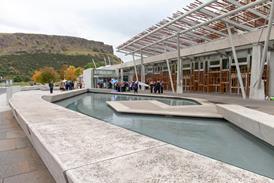

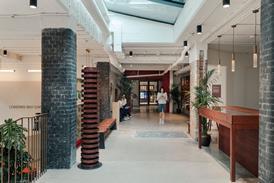






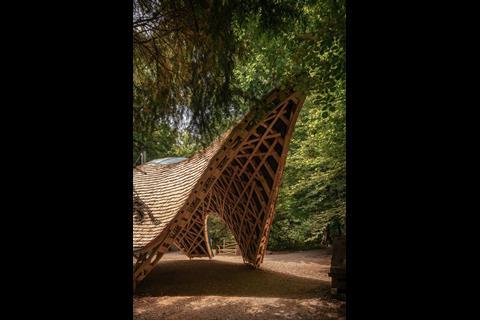


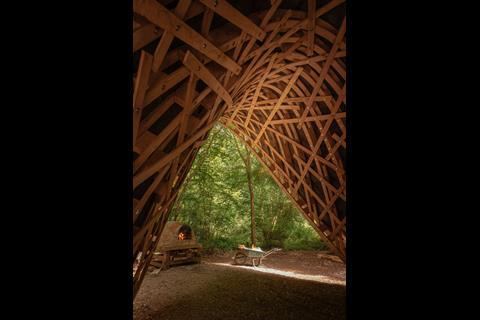
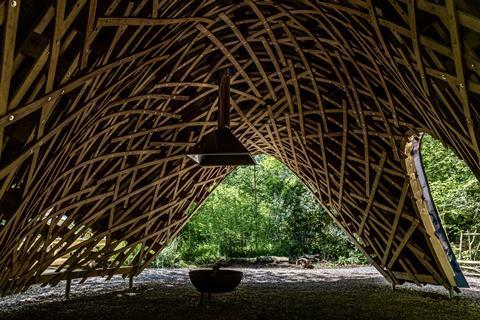
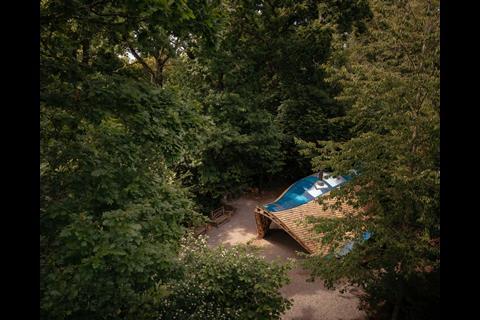

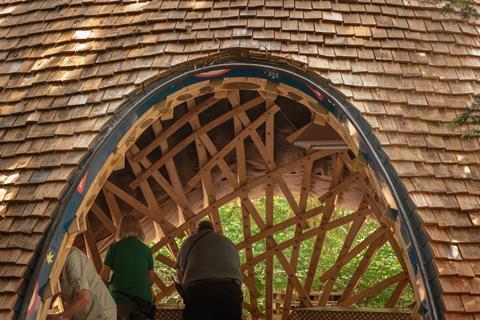



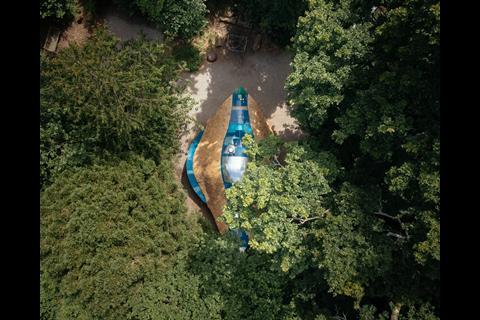
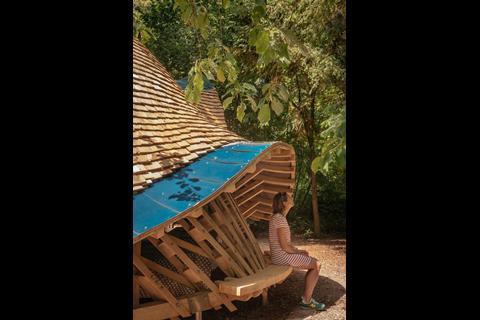







1 Readers' comment